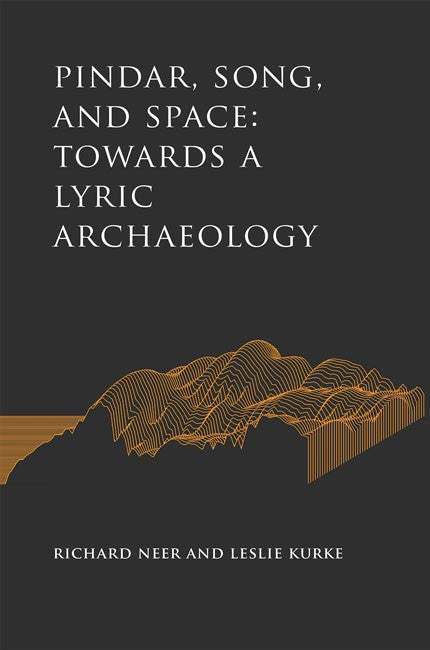Acknowledgments
Note on Abbreviations, Texts, and Transliteration
Introduction. The Propinquity of Things
Part I. Orientations and Local Spaces
Chapter 1. Two Spatial Technologies: The Map and the Chorus
Chapter 2. Statues, Songs, and Spaces
Chapter 3. The Strength of Equipment and the Radiance of Song: Collaborative Effects
Chapter 4. Fr. 75 SM and the Politics of Athenian Space
Part II. Pindar's Cyrene: Pythians 4, 5, and 9
Chapter 5. Cyrene, a Pindaric Schema
Chapter 6. The City, the Body, and the Eye
Part III. Pindar's Greece: Olympian 6 and the Spaces of Tyranny
Chapter 7. Epigraphy, Architecture, Song: Olympian 6 and Other Gifts
Chapter 8. Pindar's Transports
Coda. Towards a Lyric Archaeology
Appendix. Dating the Porch of the Geloan Treasury at Olympia
Notes
Bibliography
Index Locorum
General Index

